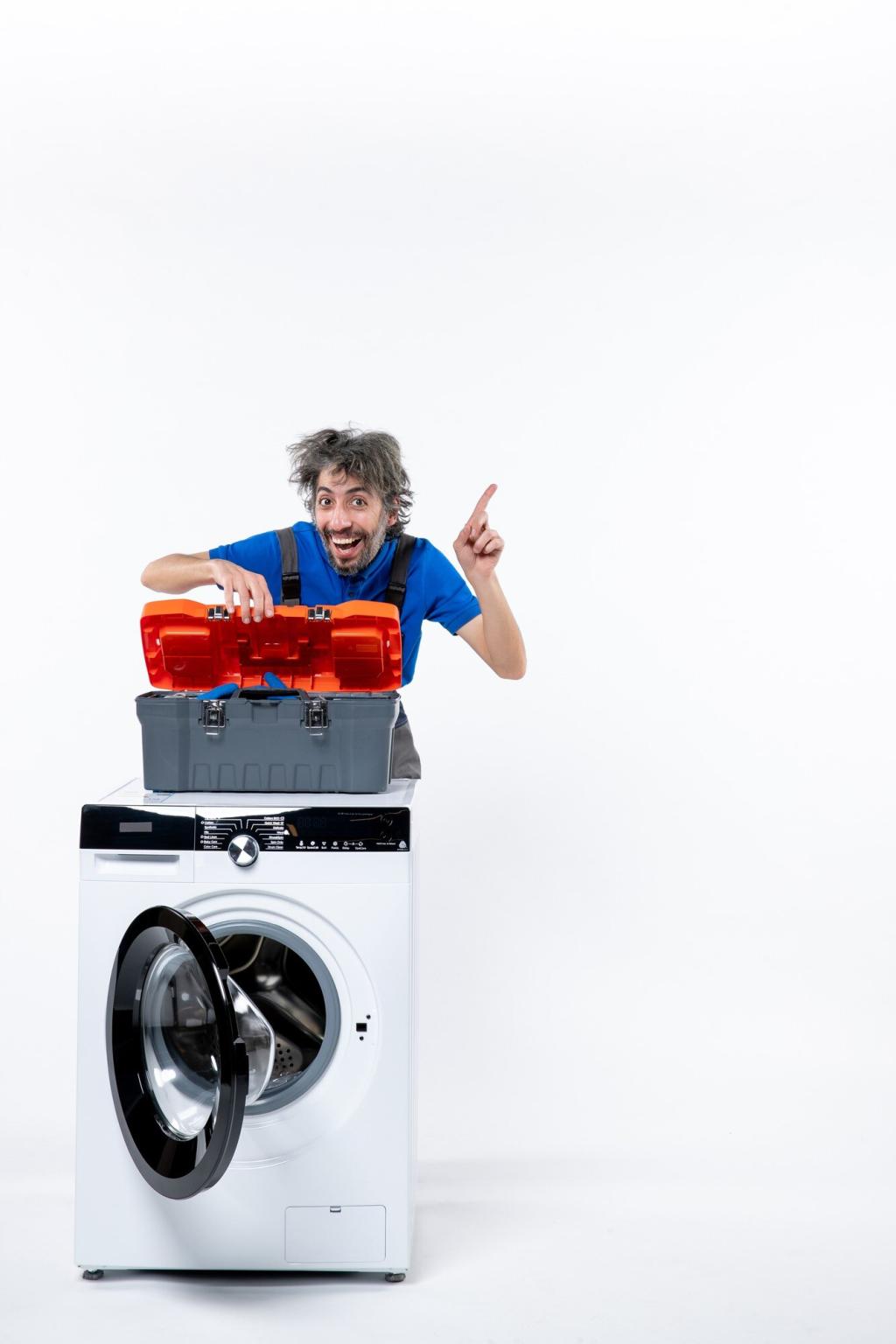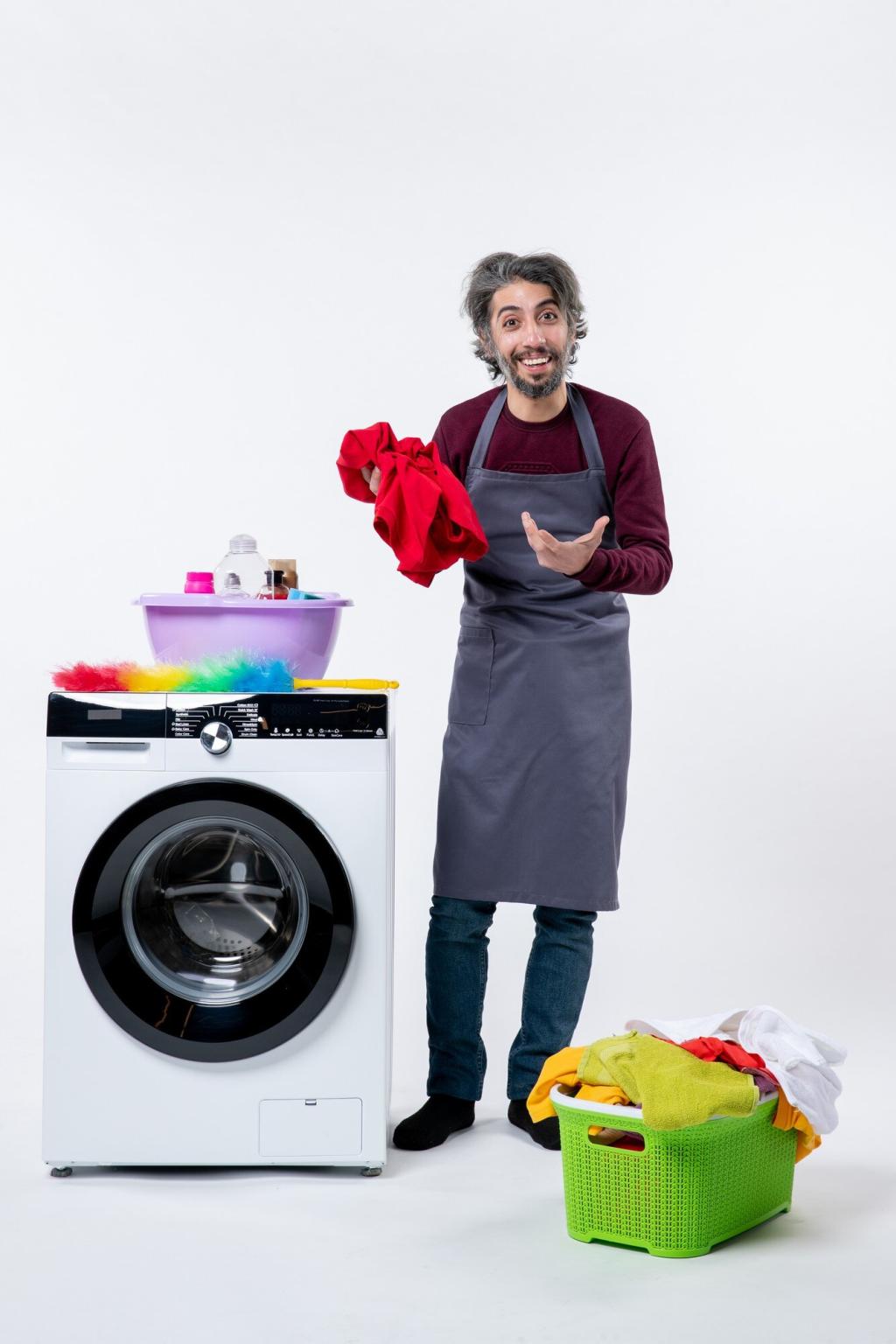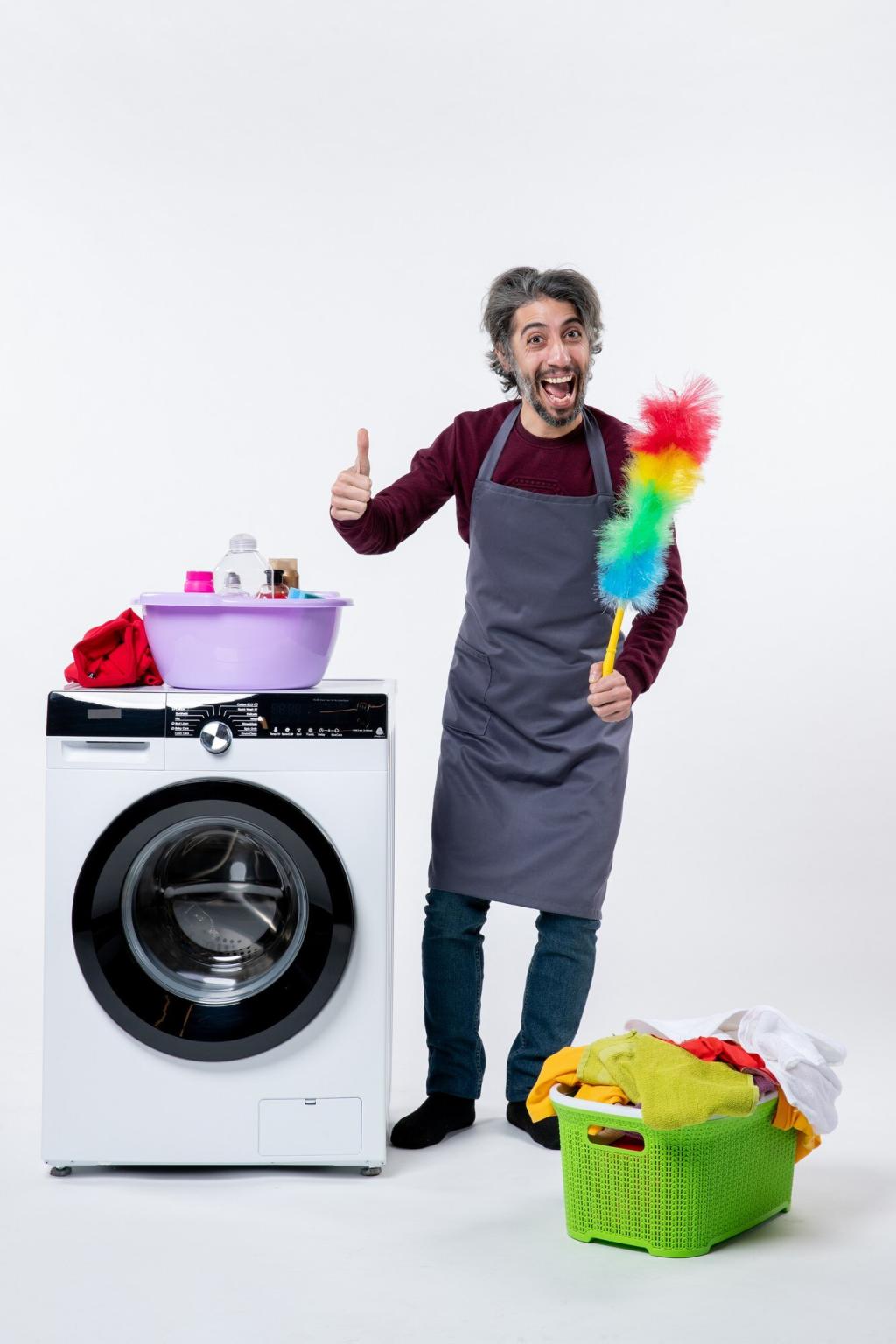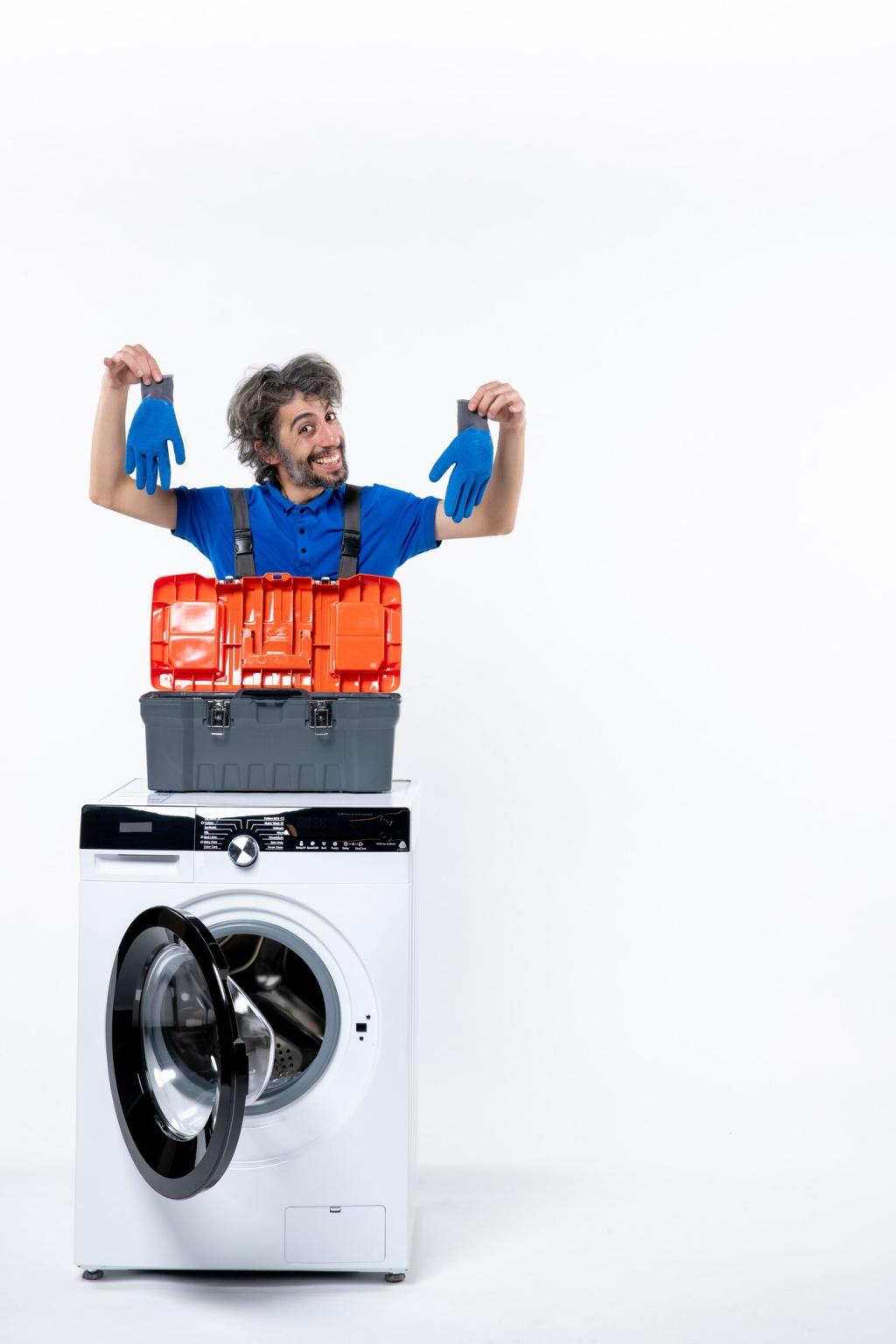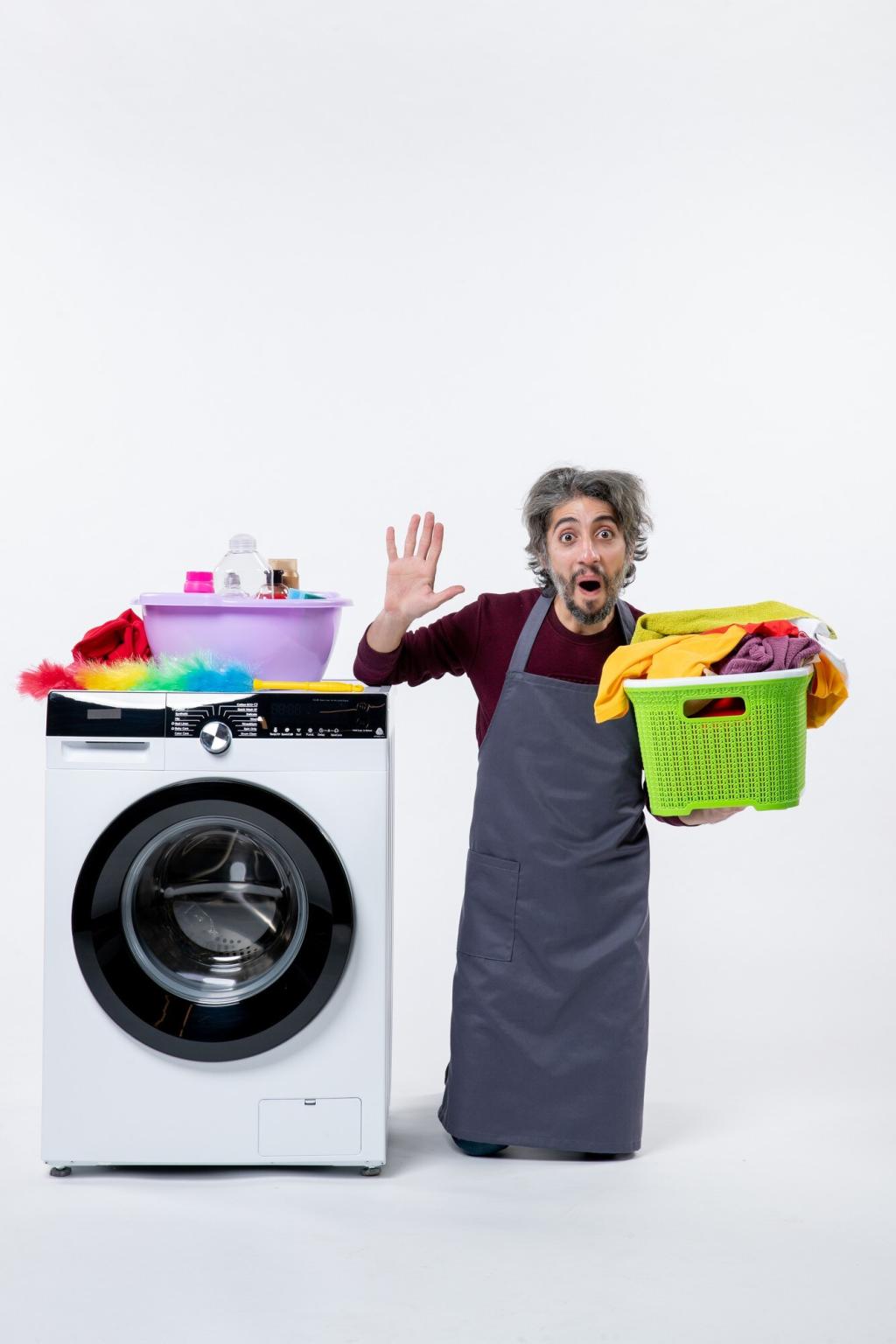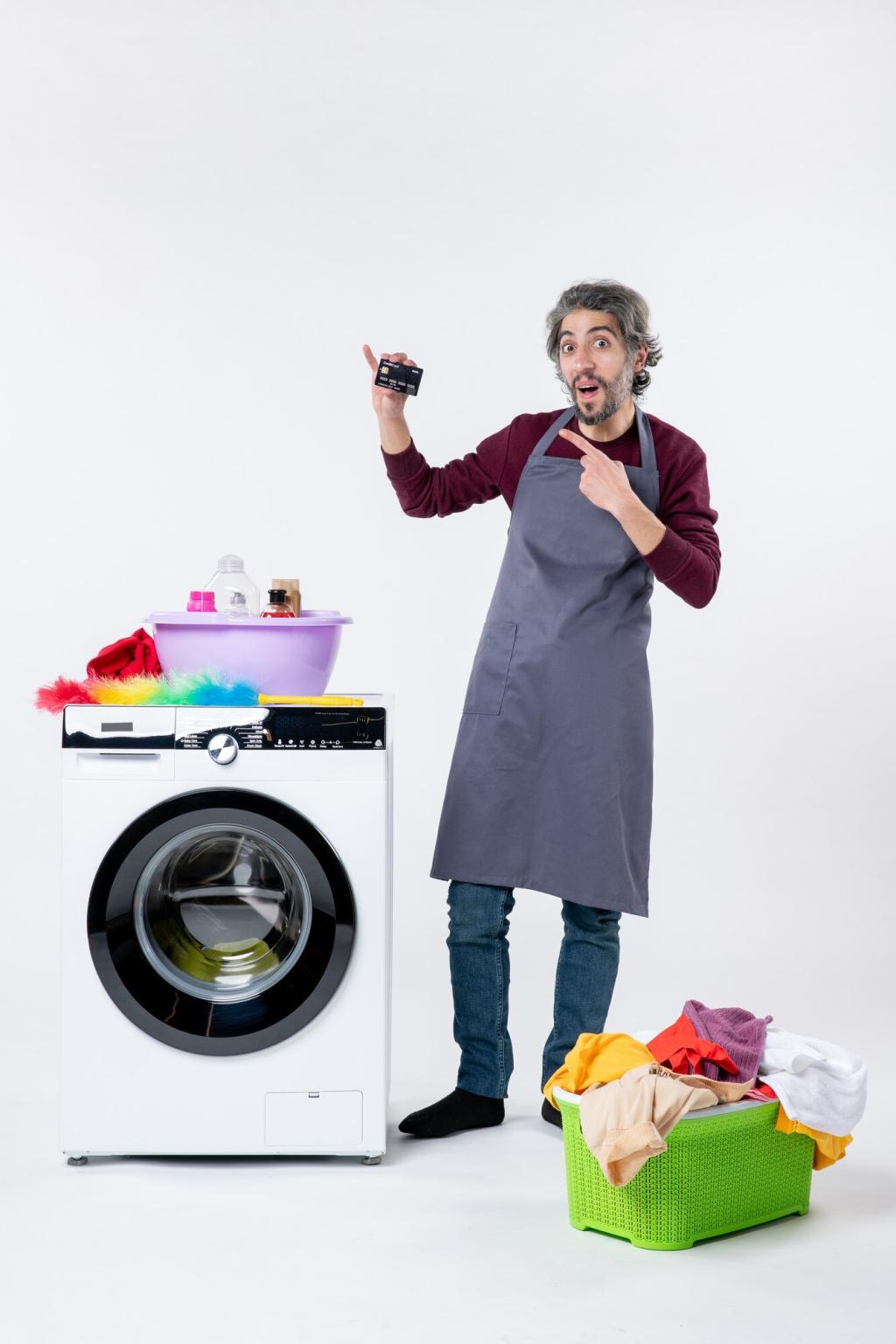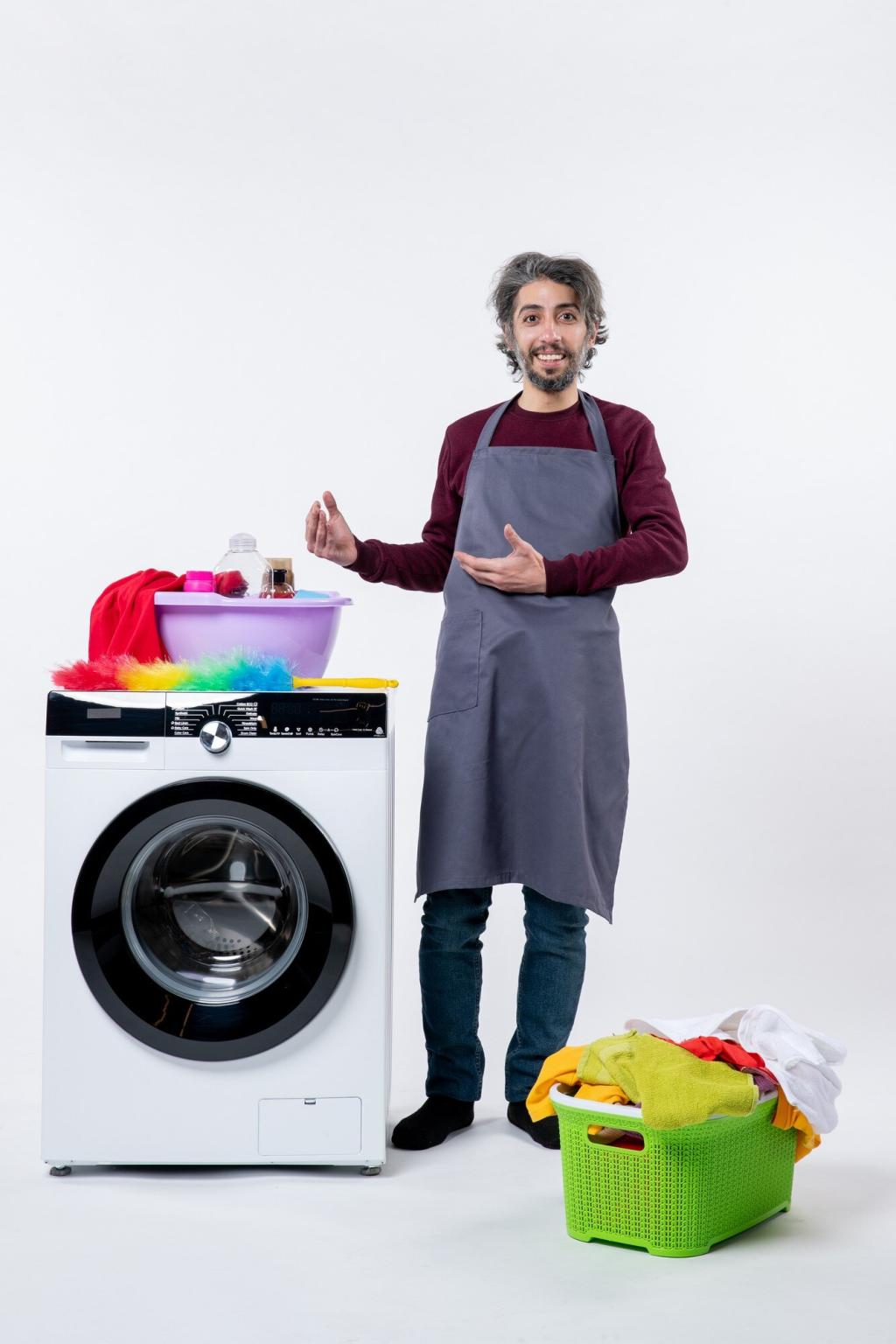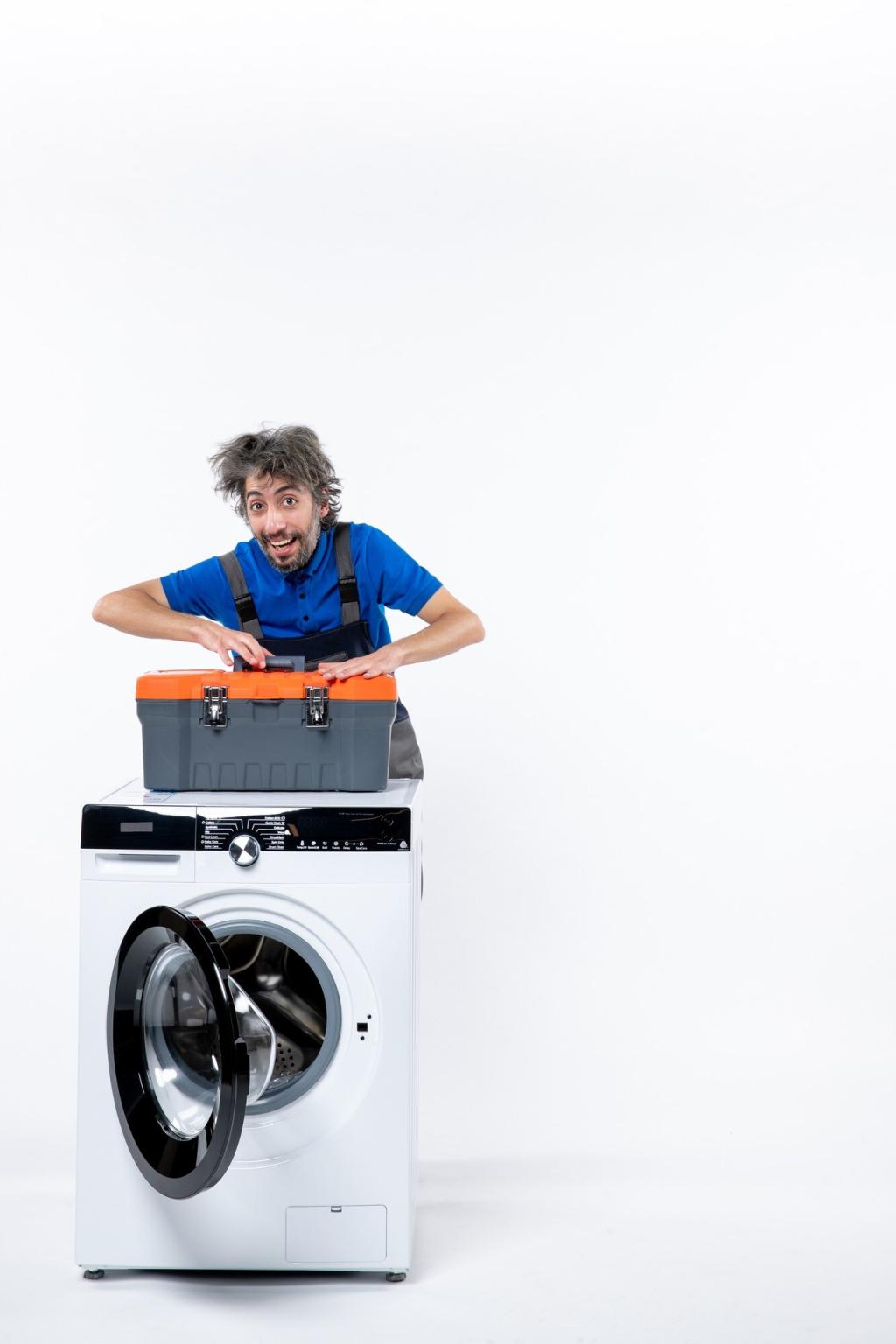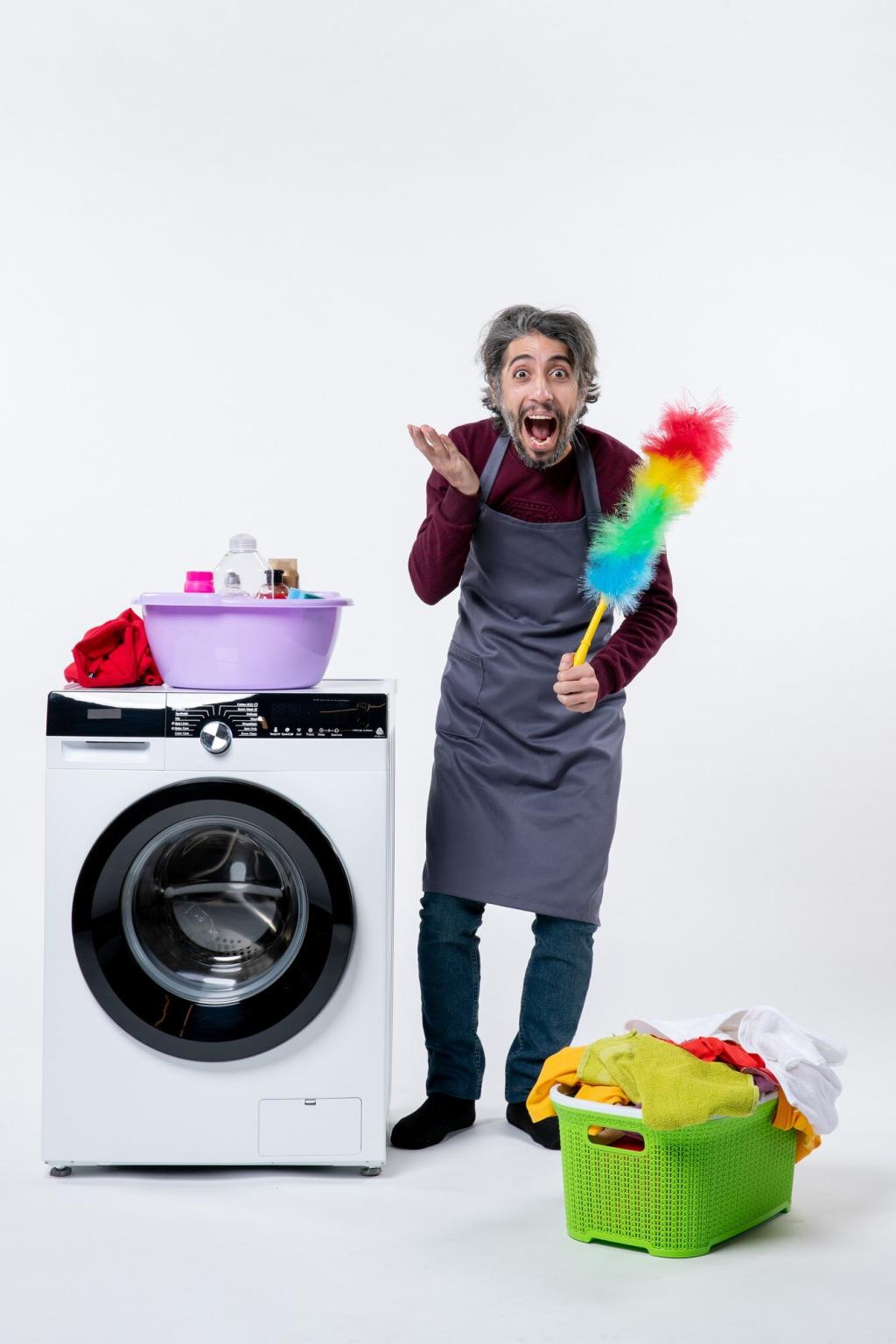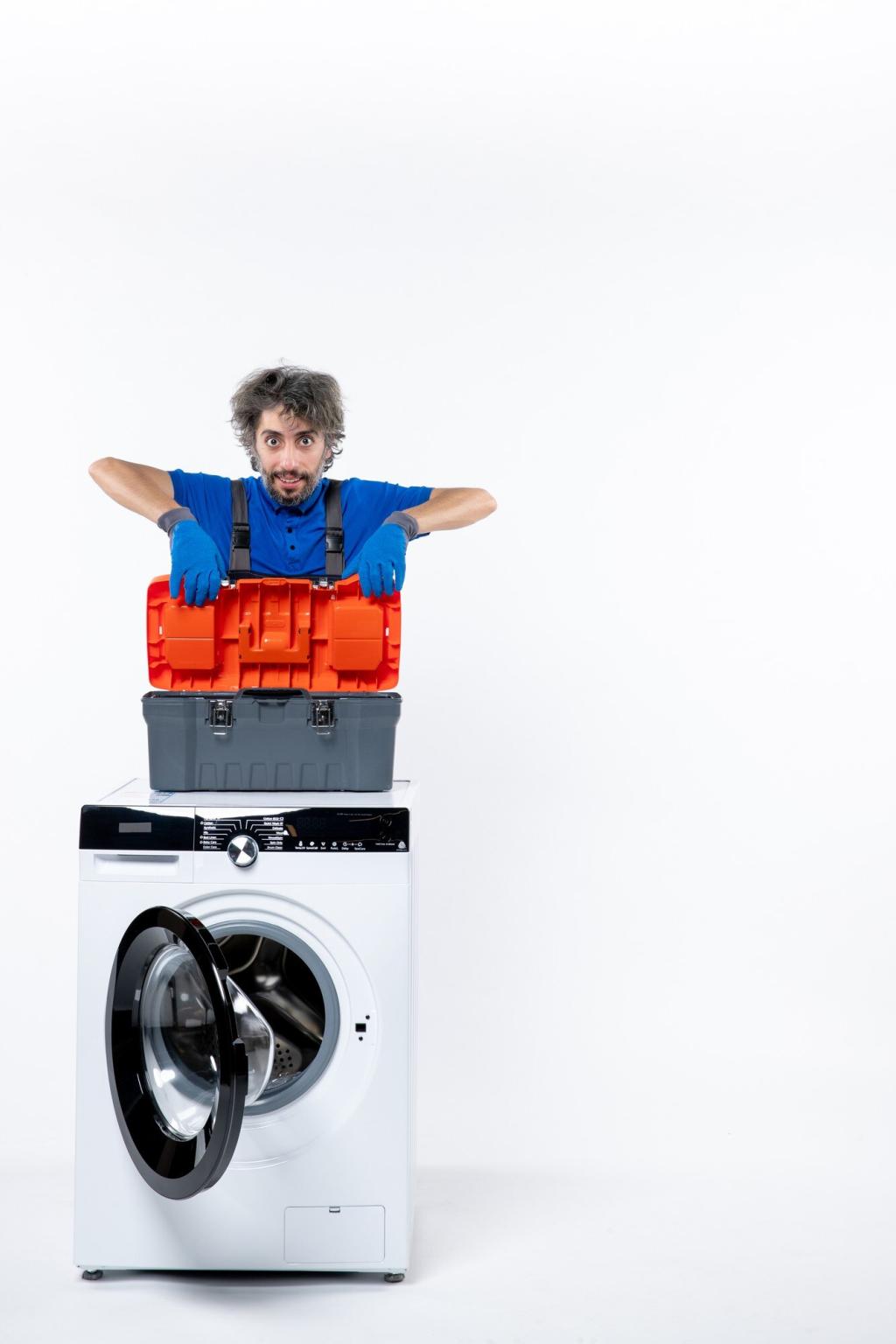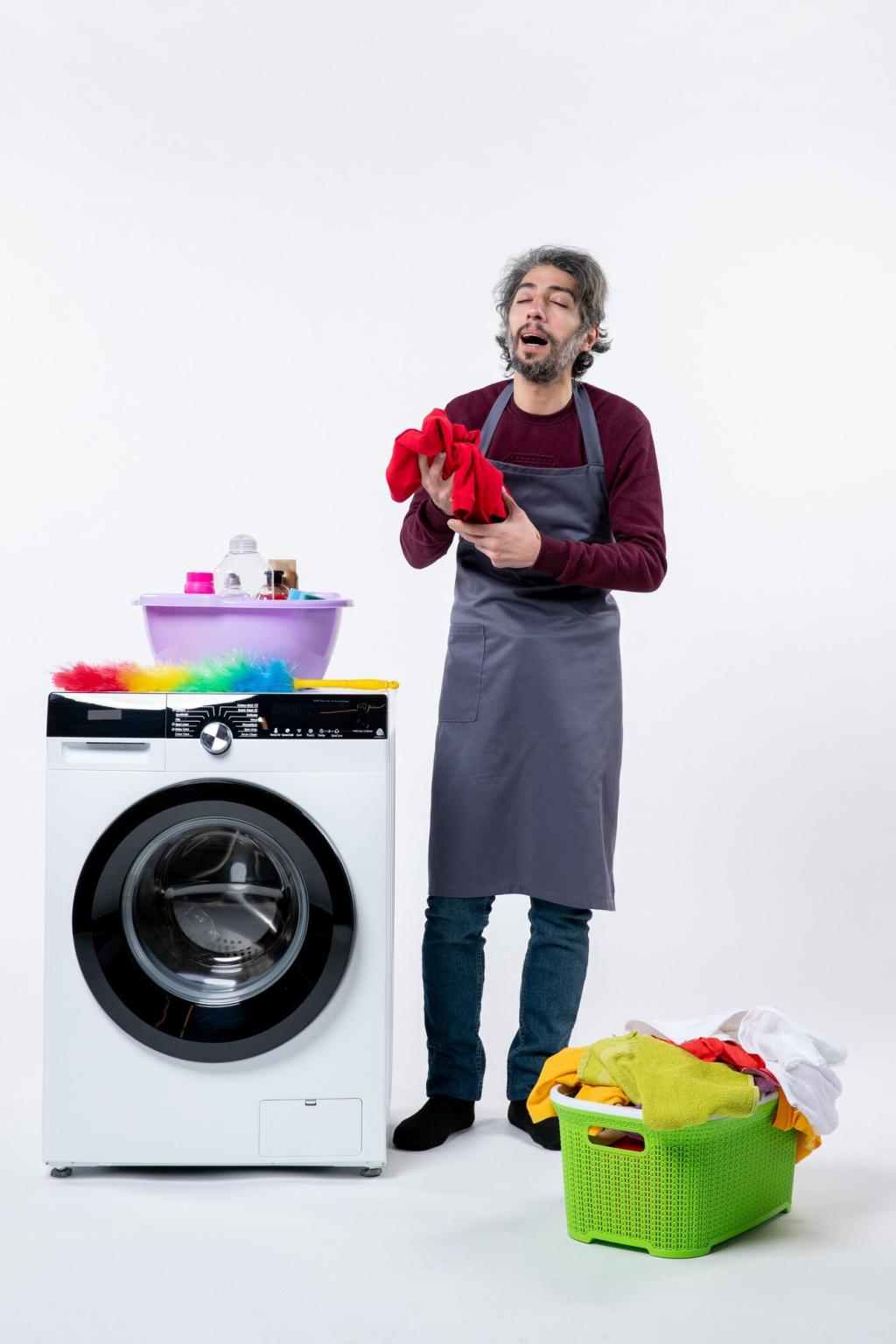Real Stories and Reader Tips
One parent ran a night cycle under a nursery, measuring roughly 49 dB during wash and under 70 dB at spin three meters away. The baby slept, the towels finished, and confidence in quiet operation skyrocketed instantly.
Real Stories and Reader Tips
A condo board adopted a quiet-cycle guideline: low-RPM spins after 9 p.m., isolation pads, and semiannual leveling checks. Complaints dropped, and weekend mornings felt calmer. Share your building rules, and we’ll compile a helpful reference list.


